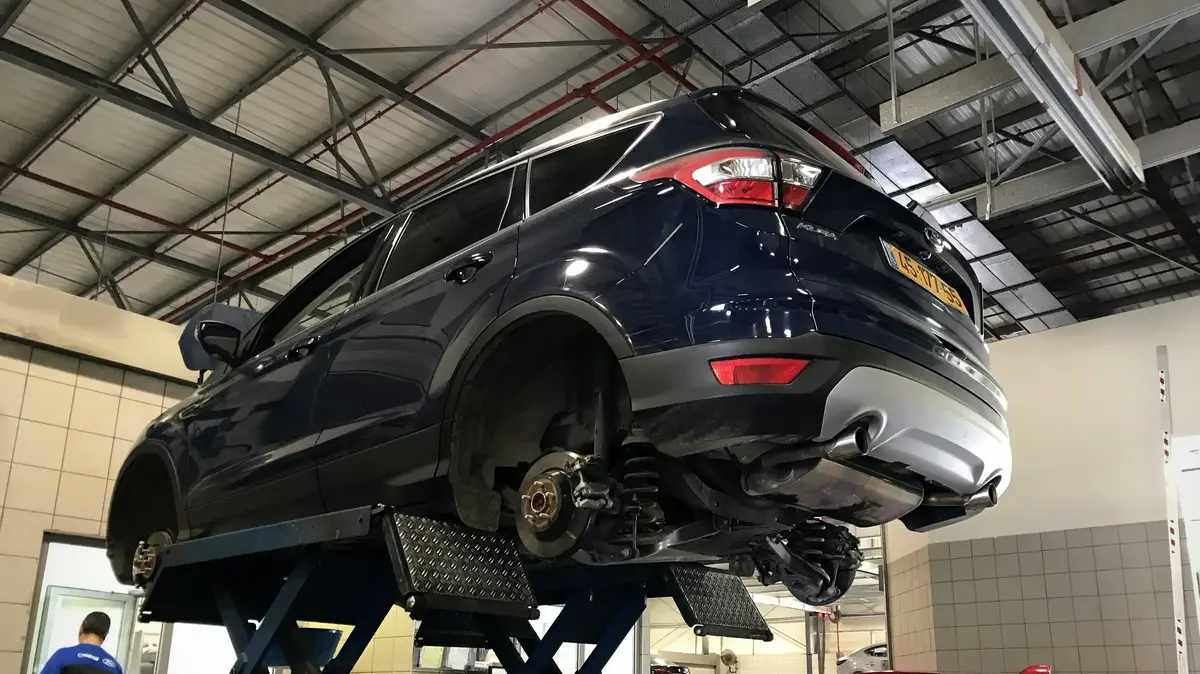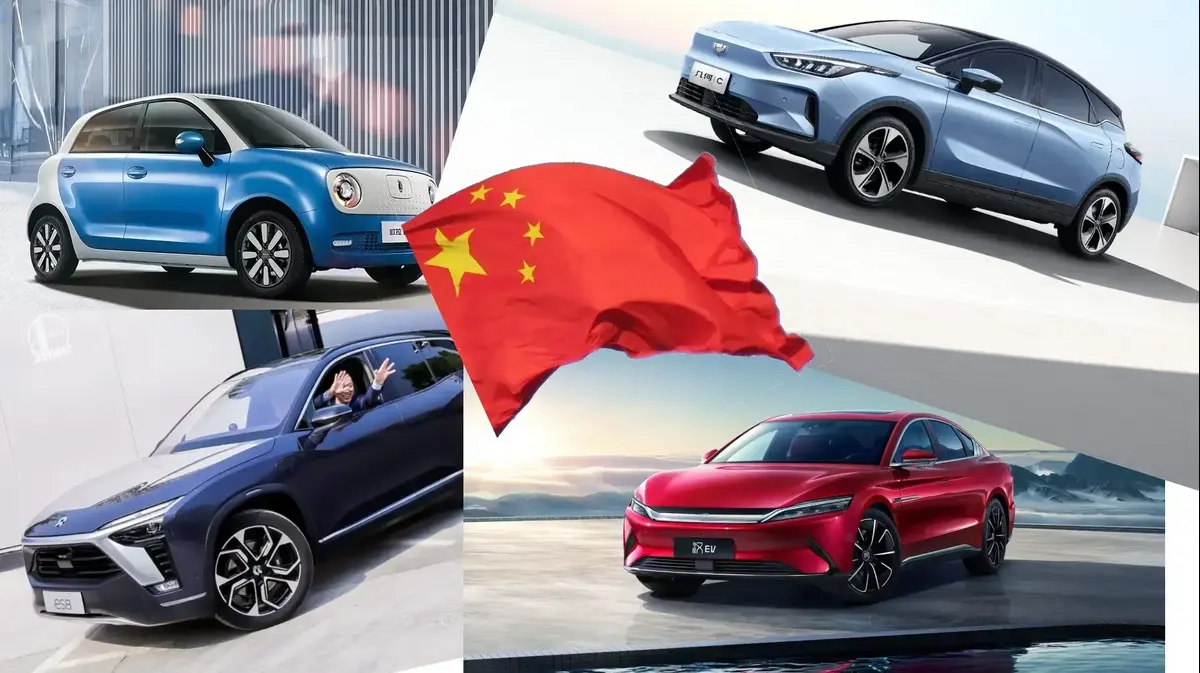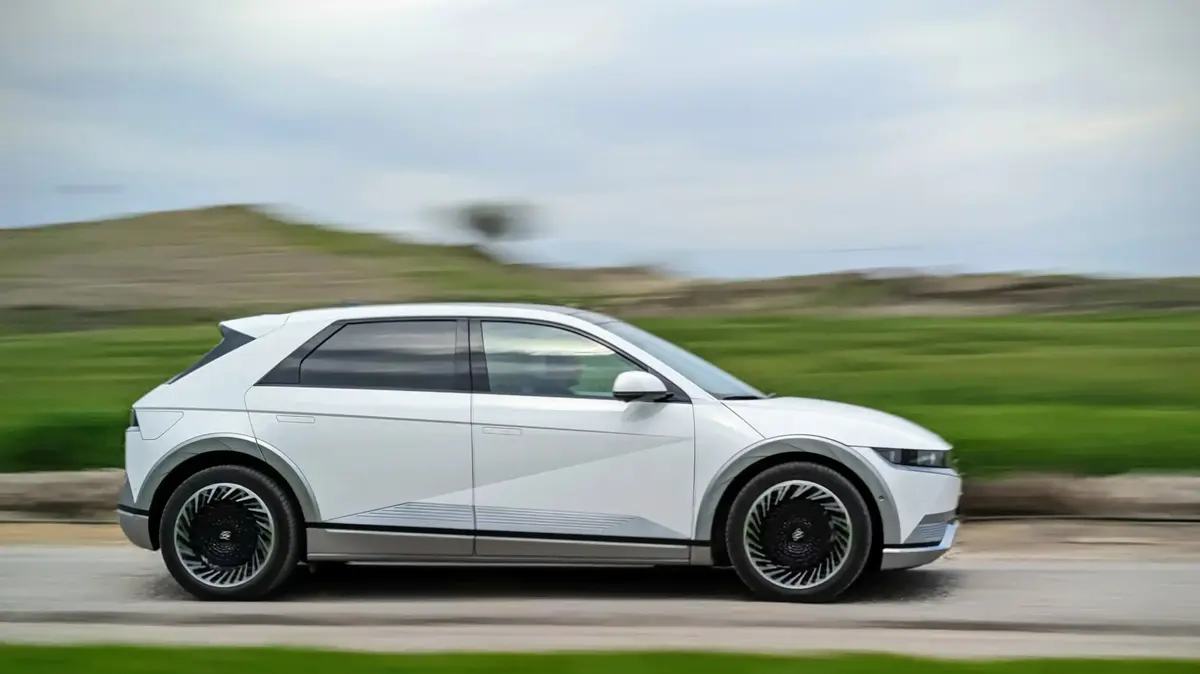Winter breakdowns that are hiding in your car
The rainy weekend we expect to send us to the Bush Car Service network to find out what the most common winter breakdowns in cars are and what you can do to locate them in time
Winter breakdowns that are hiding in your car
Photo: Avi Cohen, Editing: Nir ChenAfter a few days of pleasant winter sun, winter, the forecasters are expected to return to us this weekend. Beyond the more cautious driving that is needed, our cars also require a different treatment in the cold and rainy season. With the help of the Bush Car Service network experts, we gather the most common mishaps in the winter, their prevalence and some useful tips for drivers.
More in Walla! NEWS More in Walla! NEWSDoing it on the road? We Don't Suffer You!
To the full article1. Wipers
In the winter months the use of wipers is more frequent than in the summer months. In addition, the drying of the wipers in the hot weather of July-August requires replacement of the wipers with the first rain. It is recommended to purchase quality wipers that are resistant to the weather and change the temperatures affecting the rubber.
Price range: 90 to 150 for a pair of wipers
2. Bulbs and flashlights
In addition to the recommendation to drive with lights on in the summer to improve the visibility of the vehicle on the road, during the winter, there is also the obligation to turn on lights during daytime travel on inter-urban roads. Due to the fact that the bulbs work more, some of them are burned and must therefore be replaced. It is advisable to have bulbs that allow long-range vision during dark hours.
Price range: 50 to 400 NIS
In addition, during the winter months the headlights may fill with water or steam due to the intense rains and high humidity. The presence of water in the flashlight can cause the flashlight to burn and even short circuit.
It is recommended to drain the water and check the cause of the water penetration into the flashlight due to poor sealing or a rubber band missing in the bulb cover. It is also advisable to check the degree of transparency and cleaning of the headlamp lenses. During the summer, solar radiation causes the plastic lenses that cover the headlamp to fade and reduce the lantern's effectiveness in illuminating the road during the dark winter months, which can reduce vehicle travel safety.
Brake pads, with it do not play
Winter breakdowns (Photo: bosch, PR)
3. Brakes
The braking system is one of the most important safety features of the vehicle, light and material in the winter months when traveling on a wet road. Plates and pads that are not considered to be high-quality as a result of friction and when encountering the wet road create tremors and malfunctions in vehicle photography. It is highly recommended to have quality pads and plates that meet the stringent international standards for safe travel.
Price range for pads and plates: NIS 450 to NIS 2,000
tip:
If an extended puddle ride is required, it is desirable to dry the brakes from time to time by gently pressing the brake pedal slightly and the brake pads dry the brake plates and improve ride safety.
4. Tires
Tires are our point of contact with the road, their effect on the steering and braking ability of the car is the most. Worn tires can cause safety hazards when braking on a wet road or in a puddle.
Check the integrity of the tire wall and more importantly the depth of the slots in the soles. Depth of less than 2 mm already makes the tire unsafe, but it is worth dropping to 3 mm already.
Price range: 250 to 1,000 NIS per tire
Despite the cold and dirt, it is very important in winter to maintain proper tire pressure and of course not to forget the spare tire in the trunk.
tip:
When replacing tires make sure the new ones are installed on the rear wheels. Loss of grip from the rear is more dangerous than the front wheels.
A tire with a slit depth of less than 2 mm is inappropriate
Goodyear Tire F1 Asymmetric 3 (Photo: Manufacturer Website)
5. Batteries and power system
During the winter the temperature changes from night time to day affect the battery output. During these months many accidents related to the battery appear in cars. For example, at a temperature lower than 10 degrees a weak battery will have difficulty driving a car. In addition, the higher viscosity of the engine oil in winter increases the difficulty of driving the vehicle.
Hard, prolonged, and dimmable lights on the dashboard will indicate a "tired" battery. If it is necessary to replace the battery, it is advisable to purchase a battery suitable for the climate conditions of the State of Israel and for more than a year's warranty. New and new vehicles must also be fitted with Start and Stop batteries.
Price range: from NIS 550 to NIS 1,800 for private vehicles
6. Water drainage
In our car, just like home, there are gutters, which function to drain the water and not allow them to be stored in the car. During the summer months, pieces of leaves, or even dust and other dirt may accumulate in those gutters and block them. The result in extreme cases may be the creation of "pools" of water that can cause rust in those places. Open the hood and remove leaf residue and dirt from the drainage hole areas. You can know their location through your car's car book.
Air conditioner openings in vehicle (Photo: Eran Gilward, Keenan Cohen)
The most advanced is the most lucrative The most advanced is the most lucrativeCompulsory insurance from NIS 54 per month
By the insurance company WE SURE
For purchase >>7. Steam on the windshield
Steaming on the front or rear car windscreen is not a fault in its familiar sense, but a familiar winter phenomenon that can be dangerous due to visibility limitation. The most efficient way of defrosting the windscreen is by turning on the air conditioning in the car. The dry air offered from the air conditioning system absorbs and evaporates the steam. In some cars, there is a dedicated steam defrost button that directs the air to the windshield.














